
<h1>Bread Autumn 2018 : Raul Pantaleo + Alexander Brodsky</h1>
Source
Kruh, z.s.
Kruh, z.s.
Publisher
Tisková zpráva
01.11.2018 08:00
Tisková zpráva
01.11.2018 08:00
Czech Republic
Prague
Alexander Brodsky
Raul Pantaleo
How is construction done in war zones and the poorest countries in the world? KRUH will present more unconventional approaches to architecture.
Architecture in war zones and the poorest parts of the world must primarily be functional, accessible, and easily implementable. It is precisely these types of projects that the Italian studio TAMassociati creates, and one of its founders, Raul Pantaleo, will come to Prague for the first time in November. He will be joined by Russian sculptor and architect Alexander Brodsky, whose projects straddle the line between art, philosophy, and architecture. The lecture is organized by KRUH as part of the series Another Perspective on Thursday, November 1, at CAMP – IPR Prague. Tickets can be purchased via GoOut.
TAMassociati is a studio known primarily for its cooperation with the Italian non-governmental organization Emergency, which provides essential aid to people living in war zones. They have designed and realized several healthcare facilities for Emergency in Sudan, Sierra Leone, Nicaragua, and the Central African Republic. “In their work, they primarily focus on the theme of sustainability and often collaborate on social and humanitarian projects. We do not encounter similar types and purposes of architecture in the Czech environment, and we consider it all the more inspiring,” says Marcela Steinbachová, an architect and founder of the KRUH association, about the first invited guest.
The projects of the studio are characterized by their context-specific design. “When creating projects, we must also emphasize the cultural and social context. For example, when designing a prayer and rest pavilion at the Cardiac Surgery Center in Sudan, we had to consider the fact that in a country undergoing a religious war, several ethnic groups and people of different faiths live. The space we created had to be able to cope with the spiritual complexity of this country,” says Raul Pantaleo about one of his realizations. In addition to social and healthcare issues, the TAMassociati studio also focuses on other areas, such as public spaces, housing, and office buildings. They have more than 15 prestigious architectural awards and have exhibited at the Venice Biennale of Architecture, among others.
The second speaker invited by the KRUH association to Prague is Alexander Brodsky. The Russian architect and sculptor living in Switzerland currently teaches at the prestigious ETH Zurich. In the 1980s, he achieved recognition and popularity as a member of the so-called “paper architects” group, which rejected state-supported architecture of low quality and standardized housing. The group created complex and unfeasible designs that significantly contrasted with the stark utilitarianism of the then Soviet Union. Alexander Brodsky is also engaged in artistic activities and has exhibited at the London Tate Modern.
Architecture in war zones and the poorest parts of the world must primarily be functional, accessible, and easily implementable. It is precisely these types of projects that the Italian studio TAMassociati creates, and one of its founders, Raul Pantaleo, will come to Prague for the first time in November. He will be joined by Russian sculptor and architect Alexander Brodsky, whose projects straddle the line between art, philosophy, and architecture. The lecture is organized by KRUH as part of the series Another Perspective on Thursday, November 1, at CAMP – IPR Prague. Tickets can be purchased via GoOut.
TAMassociati is a studio known primarily for its cooperation with the Italian non-governmental organization Emergency, which provides essential aid to people living in war zones. They have designed and realized several healthcare facilities for Emergency in Sudan, Sierra Leone, Nicaragua, and the Central African Republic. “In their work, they primarily focus on the theme of sustainability and often collaborate on social and humanitarian projects. We do not encounter similar types and purposes of architecture in the Czech environment, and we consider it all the more inspiring,” says Marcela Steinbachová, an architect and founder of the KRUH association, about the first invited guest.
The projects of the studio are characterized by their context-specific design. “When creating projects, we must also emphasize the cultural and social context. For example, when designing a prayer and rest pavilion at the Cardiac Surgery Center in Sudan, we had to consider the fact that in a country undergoing a religious war, several ethnic groups and people of different faiths live. The space we created had to be able to cope with the spiritual complexity of this country,” says Raul Pantaleo about one of his realizations. In addition to social and healthcare issues, the TAMassociati studio also focuses on other areas, such as public spaces, housing, and office buildings. They have more than 15 prestigious architectural awards and have exhibited at the Venice Biennale of Architecture, among others.
The second speaker invited by the KRUH association to Prague is Alexander Brodsky. The Russian architect and sculptor living in Switzerland currently teaches at the prestigious ETH Zurich. In the 1980s, he achieved recognition and popularity as a member of the so-called “paper architects” group, which rejected state-supported architecture of low quality and standardized housing. The group created complex and unfeasible designs that significantly contrasted with the stark utilitarianism of the then Soviet Union. Alexander Brodsky is also engaged in artistic activities and has exhibited at the London Tate Modern.
The lecture by Raul Pantaleo and Alexander Brodsky will take place on Thursday, November 1, at 19:30 at the Center for Architecture and Urban Planning CAMP – IPR Prague. Admission is 80 CZK for students and 100 CZK for adults, tickets are available at GoOut.cz. The lecture will be in English.
The English translation is powered by AI tool. Switch to Czech to view the original text source.
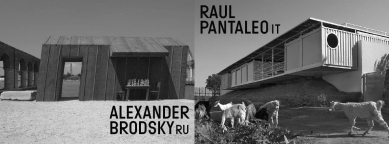
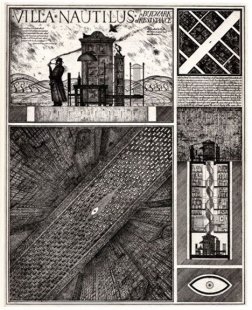
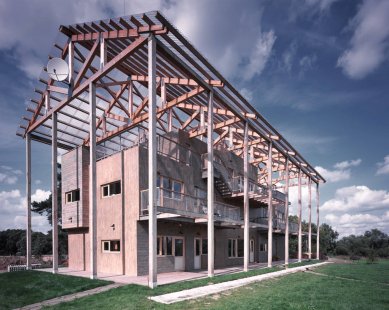
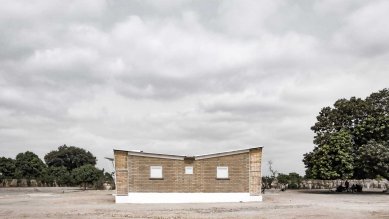
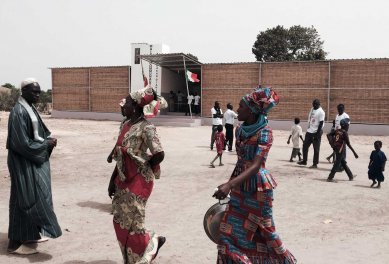
0 comments
add comment












